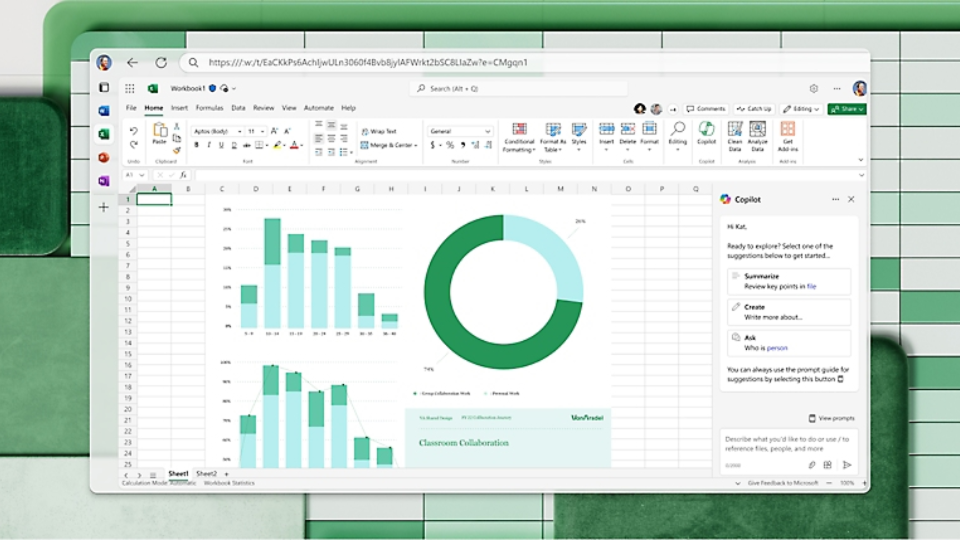Microsoft Excel remains one of the most widely used tools in Business Analysis due to its versatility and accessibility. For Business Analysts, Excel offers a powerful platform for organizing, analyzing, and visualizing data, making it essential for tasks such as requirements tracking, stakeholder reporting, and data validation.

- Business Analysts frequently leverage Excel to build traceability matrices, perform gap analyses, and evaluate trends using built-in functions, pivot tables, and charts. Its familiarity across departments ensures ease of collaboration with stakeholders who may not have access to specialized Business Analysis or project management tools.
- Excel is particularly valuable during the early phases of a business analysis initiative when flexibility and speed are crucial. It enables analysts to quickly prototype models, assess business justification scenarios, and document requirements without the need for complex setup or integration.
- Although not purpose-built for Business Analysis, Excel can be effectively combined with other tools or frameworks to manage change logs, risks, and quality metrics. With thoughtful structuring, Excel becomes a lightweight yet impactful solution that supports both predictive and adaptive Business Analysis approaches.
